The SilverStone Permafrost PF120, PF240, and PF360 ARGB AIO Coolers Review
by E. Fylladitakis on June 17, 2020 10:00 AM ESTThe SilverStone Permafrost Series AIO Coolers
Aside from the obvious difference of a larger radiator, all three versions of the Permafrost cooler are practically identical. The core design of the coolers is the typical AIO configuration of a single radiator, two hoses, and a block that combines the CPU contact plate and a miniature liquid pump. The designer went with standard rubber tubes with external nylon sleeve braiding for additional protection, which are fixed on the radiator and partially adjustable (just a couple dozen degrees sideways) on the CPU block.
SilverStone focused their design efforts on the main block assembly. The company installed a three-phase engine pump and an AEC-Q100 sine wave generator, increasing the efficiency and lowering the noise output of the pump itself. The AEC-Q100 is certified by the Automotive Electronics Council, thus SilverStone is marketing it as an “automotive grade” generator. We can only agree that it is a high-quality part. The designer also installed a micro-channel copper block and made sure to thermally separate the input and output in order to prevent heat creeping.
The top part of the main block assembly is a real acrylic mirror that hides RGB LEDs. Once lit, the LEDs form SilverStone’s logo on the mirror. The user can adjust the lighting effects, colors, speed, etc., but cannot change the illuminated shape in any way.
SilverStone also claims that their radiators are “automotive grade”. That may be accurate regarding the corrosion protection and/or the material of the radiator. In terms of size, however, even the largest 360 radiator cannot be used as a cooling radiator in any kind of car – it hardly has the mass to be used as a heater core in a very small car. Though this is of no real concern to us, as the Permafrost is going to be used to cool PC processors, not a combustion engine.
On topic, the radiators are typical dual pass cross-flow designs, with tiny fins soldered on thin oblong tubes. This is by far the most dominant radiator design for AIO systems and rightfully so, as it offers the best efficiency within limited proportions and for the temperature differences that AIO coolers have to deal with. The radiators are just 26 mm thick, meaning that the entire assembly with the fans requires only 51 mm of clearance, maximizing compatibility.
The bottom of the main block assembly reveals a sizable, square cooper block. It is neither nickel-plated or polished down to a mirror finish, yet the finish is very smooth and free of imperfections. Do note, however, that these coolers are meant for mainstream desktop processors rather than large HEDT processors; so the contact plate is not large enough to cover Ryzen Threadripper processors and SilverStone does not provide hardware to install any Permafrost cooler onto a TR4 socket.
SilverStone’s application of RGB lighting on the cooling fans is exceptional. The designer placed the LEDs into the fan’s engine, creating a fantastic diffusion visual effect on the fan’s semi-transparent blades. If connected to a compatible motherboard, both the fans and the main block will copy the programmed lighting theme of the system. For those who do not own a compatible motherboard or just do not want to have lighting synergy between different parts, the lighting effects can be programmed from the wired controller, meaning that the user will have to open the case in order to access it.


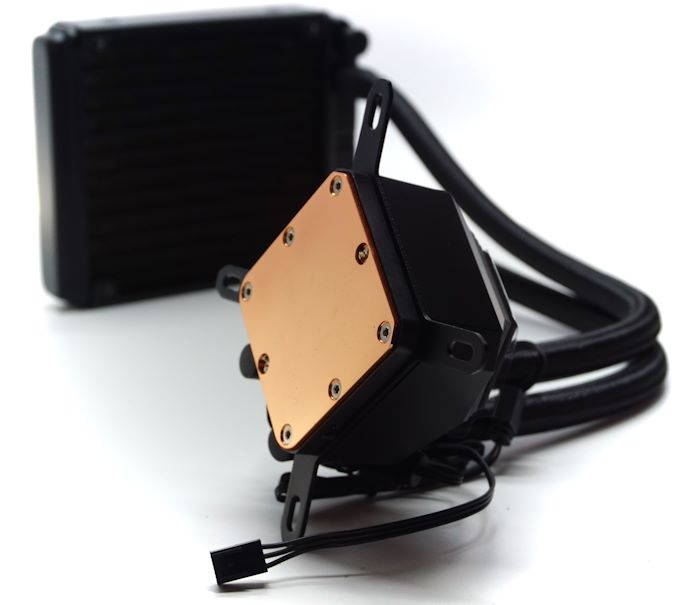
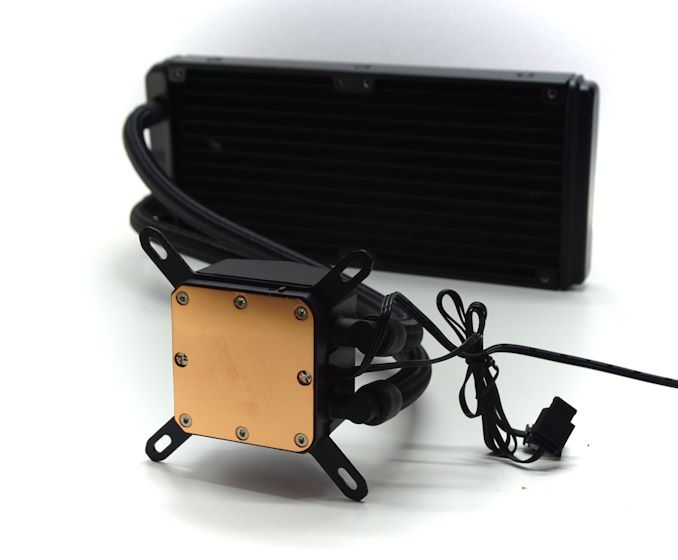

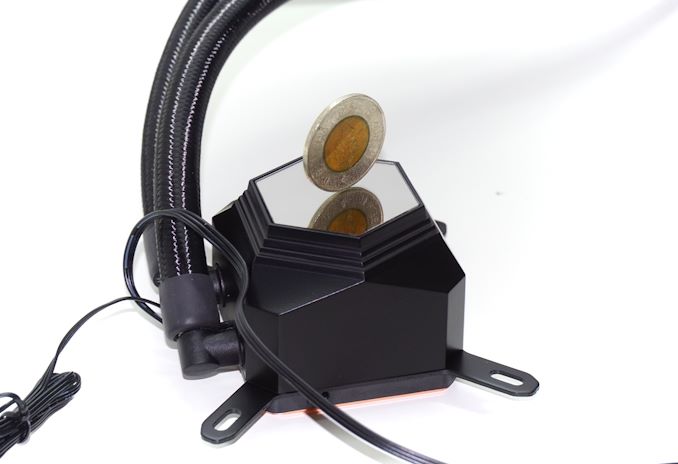
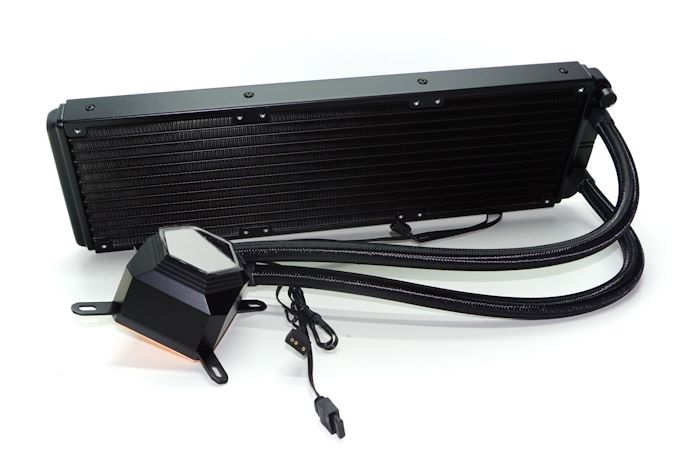
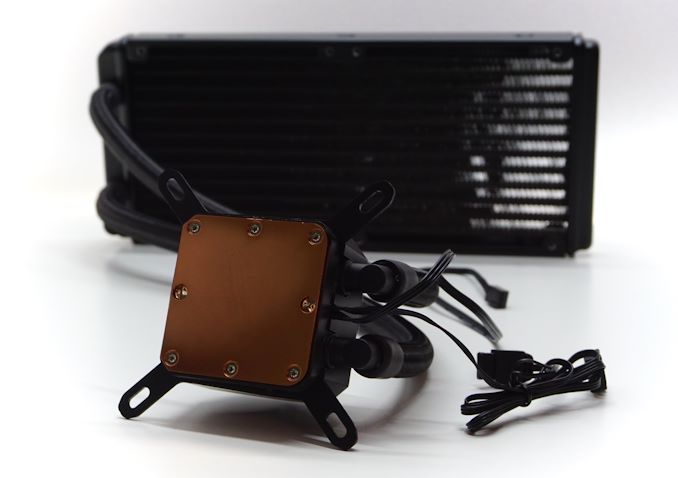
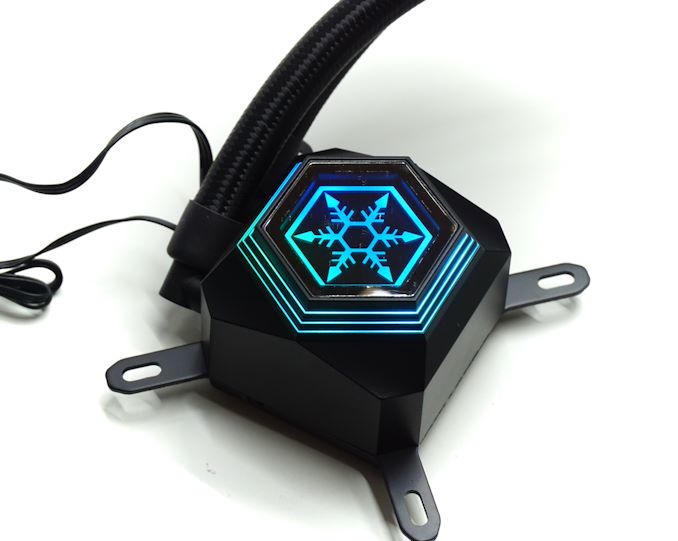
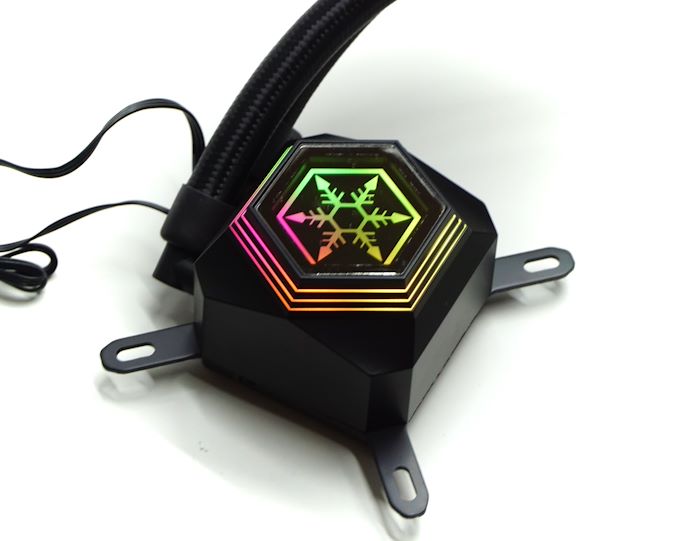
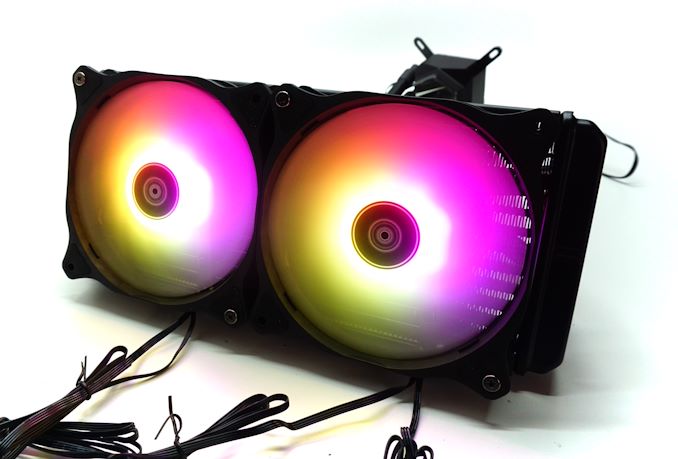








71 Comments
View All Comments
close - Thursday, June 18, 2020 - link
On topic: I'd still go with air on any system I plan to keep for a while. I have plenty of machines still operating just fine after close to a decade, I don't want to tempt fate with a liquid loop.Off topic, Germans don't seem to believe in A/Cs mounted on the outside of every building and the A/C noise that all neighbors have to live with. And I remember years ago my neighbor's A/C unit (not in Germany) keeping me awake at night because that hum and vibration would be heard and felt best in my bedroom. Also Germany wasn't the hottest, most humid of countries when they came up with the policies.
PeachNCream - Thursday, June 18, 2020 - link
Seattle has that same sort of problem. It only gets hot enough to really warrant AC a few weeks out of the summer during a typical year so most residential construction and some business structures lack air conditioning. The only time its a problem is for those few weeks of summer and when there is an unusual heat wave, but while living there, the point of keeping a PC that doesn't generate a lot of heat or require extensive cooling was sort of reinforced. My desktop made my bedroom feel warmer but my netbook was insignificant. It should be no surprise that I figured out how to stay connected, amused, and busy on just an Atom n270 at that point. :)khanikun - Friday, June 19, 2020 - link
I normally just go air for my non-main rig. One is a file server and just sits there, while the other is a backup gaming rig. That one usually just sits there too and I play videos on it, while gaming on my other machine.I think AIOs are fine, so long as you aren't constantly tinkering around in your machine. The more you mess with it, the more likely something on it might fail and cause leaking. Why I have them in my computers that I don't mess with much and have a custom on my main rig. The custom is a much more robust setup.
As for Germans and A/C, ya. They didn't bother with it, since it really wasn't all that hot and didn't last long. A fan would suffice, but with everywhere being hotter nowadays, people are definitely rethinking it. The last 3 years I was there, every summer the portable A/C units were sold out for the whole season. Peak heat only lasted like 2 weeks, then over time that changed. Went from 2 weeks to a month. Then a 1 1/2 months. Was also getting close to 100F.
Slash3 - Thursday, June 18, 2020 - link
I love how the top two best results in every graph on that page are air coolers.Slash3 - Thursday, June 18, 2020 - link
Haha, hoist by my own petard. They're all air coolers in those graphs.Flunk - Monday, June 22, 2020 - link
Not really, it's just dependant on the size of the radiator. AIOs can be made with later radiators than tower coolers, but it doesn't make AIOs magically better. It's just a matter of how much heat dissipation surface you have. If you get the heat there with heat pipes or pumped liquid is largely irrelevant.hansmuff - Wednesday, June 17, 2020 - link
Repeat after me: there are other benefits and they are worth it to some.eek2121 - Wednesday, June 17, 2020 - link
Baseless argument. I have been using AIOs for a long time and have never had a leak. One of my units is 6 years old and is used daily.WaWaThreeFIVbroS - Wednesday, June 17, 2020 - link
That doesn't mean others never had their AIOs leaked, my AIO leaked and broke the GTX 980 beloe it, never againPeachNCream - Thursday, June 18, 2020 - link
A single digit sample size does not make for reliable data on a statistical level so claims either for or against leak risks would really need a broader collection of data than we have the ability to gather here. That's why I don't really comment much on leaks aside from pointing out we haven't the right information. As far as I'm concerned, other more obvious factors are worth consideration beyond leaking or not leaking (though I do feel for someone losing expensive hardware due to a leak - kinda sucks).